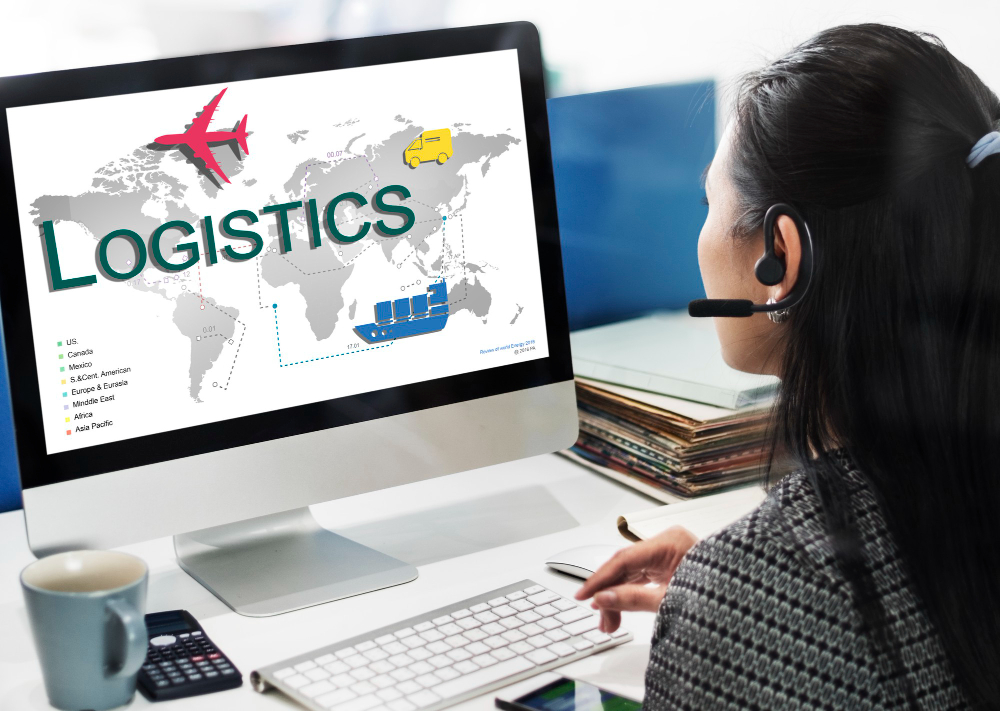From Warehouse to Delivery: The Full Scope of Logistics Services in the Philippines
There has seen a sharp increase in demand for effective logistics services in the Philippines in recent years. Businesses and consumers alike depend on quick and dependable systems to transport goods across islands, cities, and provinces as e-commerce grows.
Businesses can stay competitive and make better decisions by knowing how the nation's logistics operate, from warehousing to doorstep delivery.
Warehousing: Where It All Begins
The warehouse is frequently where the logistics process begins.
Before being shipped, the goods are received, stored, and arranged here. Warehouses in the Philippines are typically found close to ports or major commercial centers like Metro Manila and Cebu. Goods can enter and exit the nation more quickly thanks to these locations.
Inventory tracking systems are now installed in modern warehouses, enabling companies to keep an eye on stock levels in real time. This lessens the chance of product shortages or overstocking. Value-added services like product labeling, bundling, or light assembly within the warehouse are also provided by certain logistics companies.
Order Processing and Fulfillment
The fulfillment process starts as soon as a customer places an order.
After being selected from the shelves, the items are safely packed and labeled for delivery. At this point, timing is everything. Items arrive at their destination more quickly when orders are processed accurately and promptly.
To expedite this process, numerous logistics firms in the Philippines make investments in automated systems. Particularly during busy shopping seasons or sales events, these tools aid in lowering human error and boosting productivity.
Nationwide and Provincial Delivery
Delivery is more difficult in the Philippines than in landlocked nations because it is an archipelago of more than 7,000 islands. To overcome this obstacle, Philippine logistics services have developed.
Same-day or next-day delivery is available in metro areas like Manila, Davao, and Cebu. Delivery times may be longer for distant provinces, but logistics companies frequently collaborate with regional couriers or use air and sea transportation to get to far-flung locations.
Delivery times are also shortened by the nation's expanding number of fulfillment centers.
Many Filipinos still prefer to pay with cash-on-delivery (COD), so logistics companies must make sure that payments are handled securely and effectively during delivery.
Last-Mile Delivery: The Final Step
The last and most crucial step is last-mile delivery. It occurs when the product is delivered to the customer's home from the distribution center. This step is frequently the most costly and time-consuming one in the process.
In order to get around this, a lot of logistics companies are now providing real-time customer updates via mobile apps and route optimization tools.
For added convenience, some even provide pick-up options via lockers or partner stores.
E-Commerce and the Future of Logistics Services in the Philippines
In the Philippines, the demand for trustworthy logistics services is rising along with online shopping. Third-party logistics (3PL) providers are now available to all sizes of businesses and can manage everything from shipping to storage. This enables business owners to concentrate on growth and sales while professionals manage the flow of goods.
The industry will continue to be shaped by innovations like digital payments, real-time tracking, and same-day delivery. Businesses can meet customer expectations and provide a flawless shopping experience with the correct logistics partner.



Comments
Post a Comment